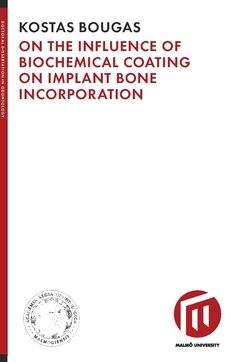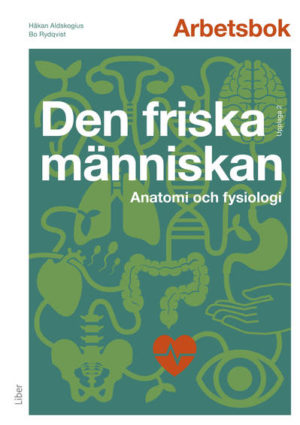Introduction: Dental implants have been proven to be a reliable long term therapy against edentulism. However, the reported high success figures of implant therapy have been based on implants in-serted using two-stage surgical protocol and conventional loading. The increased demand on implant performance and the broadened treatment indications have led to the development of new mod-erately rough surfaces. Novel implant surface modifications include coating with bone specific biomolecules to enhance bone formation. Interestingly, even non-bone specific molecules have reported to induce bone formation. One non-bone specific biomolecule with osteogenic potential is laminin-1. Aims: The present thesis has aimed to investigate the role of lami-nin-1 as a biochemical implant coating agent and to compare the osteogenic performance of the coating to the performance of other bioactive surfaces. Furthermore, we aimed to compare the results obtained by the different methods. Materials and methods: Titanium discs were subjected for three surface treatments claimed to provide bioactivity (alkali and heat treatment, anodic oxidation and nano-hydroxyapatite coating) and the ability to precipitate laminin-1 and calcium phosphate in a laboratory model which simulates initial bone formation was as-sessed. Blasted surfaces were used as controls. The animal studies included rabbits and rats. Two studies were conducted in a rabbit model. In the first, hydroxyapatite implants were coated with laminin-1 and bone amount around the implants was evaluated in terms of micro computed tomography and histology. In the second study, turned and alkali and heat treated titanium implants were coated with laminin-1 and the formed bone was evaluated with histology, micro computed tomography and biomechanics. In the rat model, turned implants were coated with laminin-1 and their ability to induce bone formation was assessed in terms of histology and gene expression. Results: In the in vitro studies, the tested surface modifications precipitated equivalent amounts of laminin-1. The alkali and heat treated surfaces precipitated the highest amount calcium phosphate at the shorter period of time. Laminin-1 resulted in precipitation of significantly higher amount calcium phosphate on blasted titanium discs as compared to a negative control. In the rabbit studies, laminin-1 coating of hydroxyapatite implants created positive but non-significant trends. On the contrary, after 2 weeks, coated turned implants demonstrated removal torque values equivalent to alkali and heat treated implants and higher amount of newly formed bone as compared to all other implants. The trend was similar for micro computed tomography, but not significant. In the rat study, laminin coating enhanced gene expression of osteogenic markers and for integrin β1. The histological evaluation failed to show any differences. Conclusions: The results of the present thesis show that laminin-1 precipitates equally to titanium surfaces with various surface topo-graphies and has the ability to increase calcium phosphate precipi-tation in a lab model. Depending on the bulk material and the surface topography of the implant, coating with laminin-1 can en-hance bone response as confirmed by means of biomechanics, his-tomorphometry and gene expression. As the coating seems to be active during the initial stages of osseointegration, the choice of the time points and the methods of evaluation may affect the assessment outcome.







